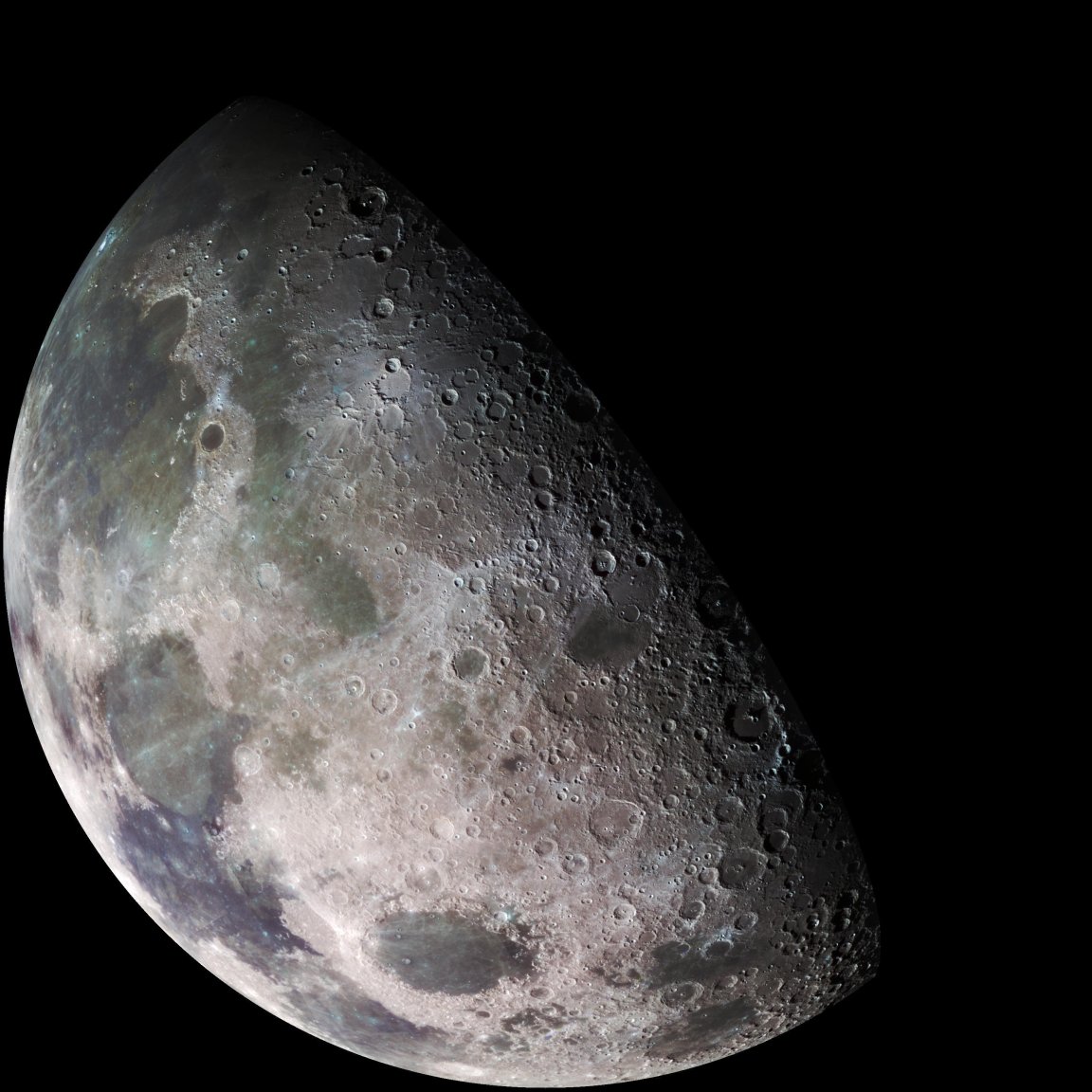
One Giant Leap
In 2013, China landed the Yutu rover on the Moon, but no one has stepped foot (or bot) on our cosmic neighbor since. But this will change in early 2018 as India makes its debut appearance on the Moon. The Indian Space Research Organisation (ISRO) will land its first lunar rover as a part of India’s Moon mission. The agency is currently aiming for a March, 2018 landing.

This plan is called the Chandrayaan-2 mission, which roughly translates to “moon vehicle” or “moon journey,” began with the Chandrayaan-1, which made it into lunar orbit and was able to detect “magmatic water” within a crater on the Moon’s surface.
Unfortunately, in 2008 this initial probe crashed into the Moon and was lost in orbit until NASA found it adrift in 2016. But the impending launch of this lunar rover holds even more scientific promise and will hopefully allow for a more precise view of the lunar surface.
Lunar Exploration
This upcoming launch will include three crewless vehicles. There will be an orbiter craft that will hover above the surface of the Moon, a lunar rover, and a lander craft that will safely land the rover on the surface. After its soft lunar landing — an exciting first for India — the rover will explore the lunar crust and the mantle while the orbiter creates a “detailed three-dimensional map of the lunar surface,” according to the ISRO.
The ISRO will complete this ambitious project on a “shoestring” budget of $93 million, according to Nature. This will make the hopeful success of India’s Moon mission that much more impressive.
The ISRO has other projects in the works as well. They are working on “Aditya,” a mission that aims to study the Sun, and “XPoSat,” a 5-year satellite that will improve working knowledge of cosmic radiation. But hopefully, this upcoming lunar launch will be completed within 14 days without a hitch. The mission is a positive sign that more and more countries are investing in space exploration and improving our abilities to understand and travel to the cosmos.